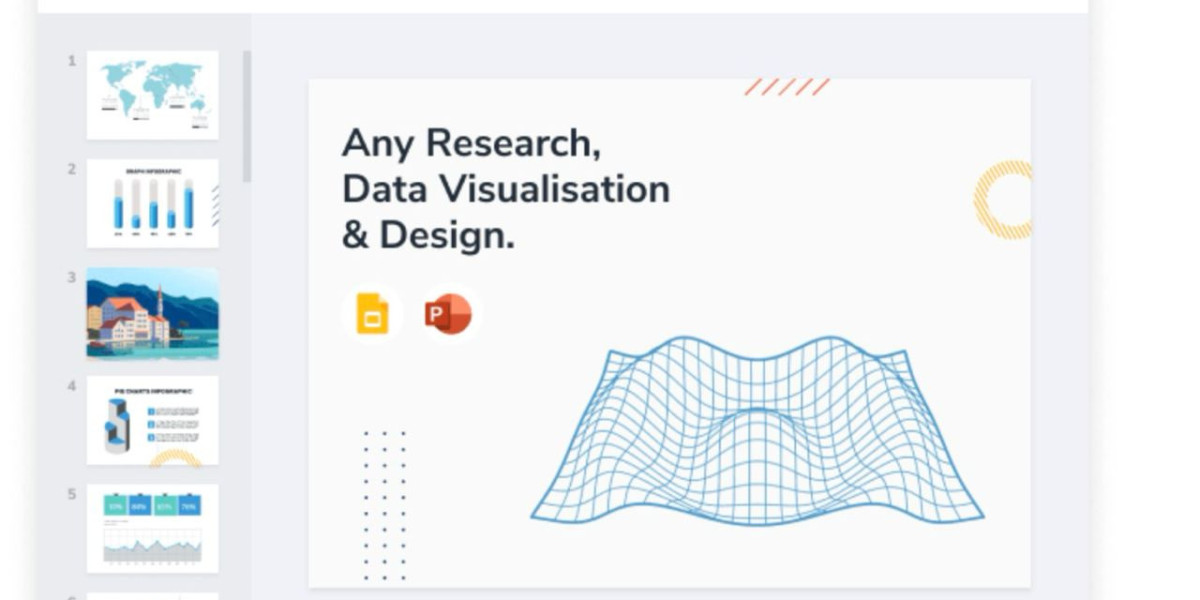Introduction
Have you ever sat through a business presentation that felt more like a test of endurance than an enlightening experience? In today’s fast-paced business environment, the ability to communicate ideas effectively is not just nice to have; it’s essential. Clear communication and effective design are not just about sharing information but about making sure it sticks. Whether you’re pitching to potential investors, presenting quarterly sales data to stakeholders, or explaining new policies to your team, how you present your information can significantly influence the decision-making process.
Imagine transforming a room full of distracted listeners into engaged participants, hanging onto your every word. This is the power of a well-crafted presentation. Companies like Slidepeak specialize in turning complex business concepts into easy-to-understand visuals that not only convey your message but also persuade your audience.
Understanding Audience Needs
Understanding your audience is the cornerstone of effective communication. Who are they? What do they know already, and what do they need from this presentation? Tailoring your content to meet the specific expectations and knowledge level of your audience can be the difference between a presentation that resonates and one that falls flat. Here are a few techniques to ensure your presentation hits the mark:
- Conduct audience analysis: Use surveys or interviews to gather data about your audience's background, expectations, and preferences.
- Set clear objectives: Before you begin designing your presentation, define what you want to achieve. Is your goal to inform, persuade, or entertain? This goal should guide your content and presentation style.
- Engage from the start: Use a relatable story or a striking statistic to grab attention early. This sets the tone for a presentation that promises value and keeps the audience hooked.
Designing for Clarity
When it comes to presentation design, clarity is king. Complex information overload can lead to confusion and disengagement. Here’s how to keep your content crystal clear:
- Simplify complex ideas: Break down complex data or concepts into digestible chunks. Use analogies or common experiences to explain harder-to-grasp elements.
- Use visual aids: Charts, graphs, and infographics can communicate complex data more effectively than words alone. Visuals help illustrate relationships and patterns, making your points easier to understand and remember.
- Maintain a clean layout: Avoid clutter. Use white space generously to help focus attention on your main points. A clear visual flow from one idea to the next keeps your audience on track.
Customization in Presentation Design
A one-size-fits-all approach doesn't work in effective communication. Custom-made presentations tailored to your specific niche and corporate style can enhance how your message is perceived:
- Reflect your brand: Use your company’s color scheme, logos, and fonts to reinforce brand identity and lend a professional look to your presentation.
- Adjust to the context: Whether it’s a formal investor meeting or an informal team briefing, the tone and style of your presentation should align with the occasion.
- Incorporate real-life examples: Specific examples relevant to your business or industry can help illustrate points more vividly and make the abstract concepts tangible.
Empowering with Editable Formats
Providing presentations in an editable format empowers the presenter to adapt and update content as needed, ensuring the presentation remains relevant over time. This flexibility can be particularly useful in dynamic fields where data and circumstances change rapidly. Here are some benefits and tips for maintaining effectiveness:
- Encourage continuous improvement: Editable formats allow you to refine and adapt your presentation based on feedback and changing requirements.
- Tools for easy updates: Equip your team with basic skills in presentation software to ensure they can make adjustments without compromising design integrity.
- Maintain consistency: Even when edits are made, it’s crucial to keep the original design principles intact to ensure the presentation remains cohesive.
Conclusion
Effective business presentations are as much about how the information is presented as they are about the information itself. By focusing on audience needs, designing for clarity, customizing to your context, and empowering adaptability, you can transform your business presentations into powerful tools for communication and persuasion. Remember, the goal is not just to present information but to make it memorable and actionable.



